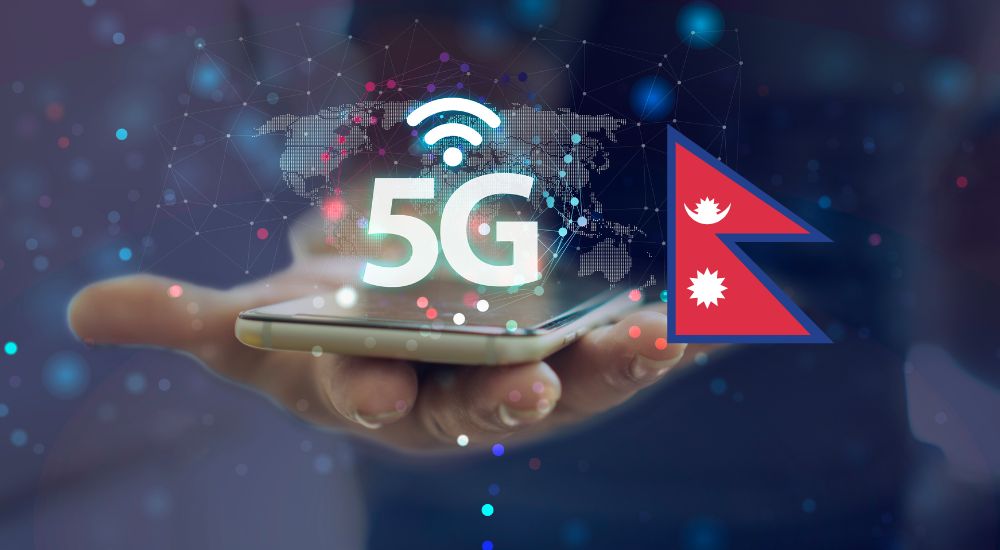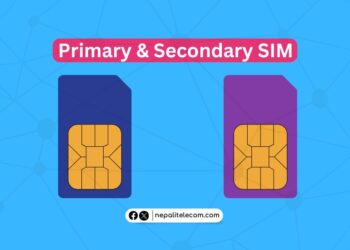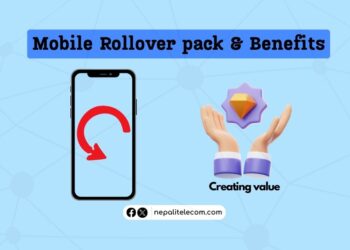Why do smartphone vendors lock 5G support on their newly launched devices despite the hardware being compatible with the network? The question might have drawn the attention of many as most flagship phones these days and even mid-rangers offer the connectivity however, they can’t connect to it without an intervention later. In this post, you will learn the reason for the vendor lock of 5G capability on their phones before its commercial operation and the surrounding prospect for its availability in Nepal.
The topic is crucially relevant in Nepal because despite Nepal Telecom (NTC) concluded its 5G trial, it has not been accessible to the public. Interestingly, the telco long argued that the delay in public 5G access was due to the low number of 5G-supported devices. But almost all premium smartphones and some midrange phones also have 5G support in Nepal.
So, why the telco is attributing its 5G trial’s delay to the unavailability of compatible devices? You may argue that it is lying. But it has a potential explanation. Below, we list out the reasons why smartphone vendors lock 5G support on their devices. Though they support 5G technology on it. To elaborate, most brands including Samsung, Apple, Realme, Vivo etc these days ship their phones with the 5G hardware already available but it doesnot show up in the network option. However, if you own a handset from Xiaomi, Redmi, or POCO, you can notice the 5G option (along with 2G, 3G, 4G) in your phone’s network settings. Except for these brands and sub-brands, others lock 5G within the phone’s operating system for various reasons mentioned in this post.
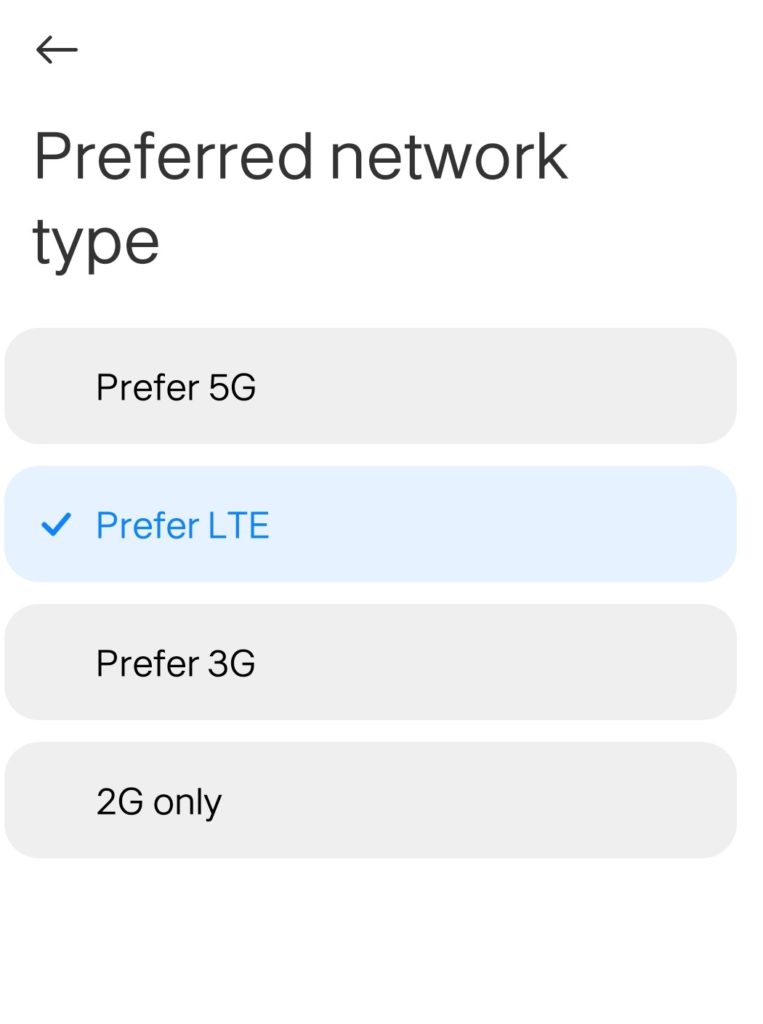
Recommended: Best 5G Phones In Nepal | Midrange to Flagship | Latest Update 2024
Network setting optimization
When a telecom operator decides on launching a new-generation cellular technology including 5G, it has to go through a lengthy process. It involves drafting a working procedure, approval from the regulator, getting the spectrum, assessing the network capacity, etc.
Before launching the technology commercially, the companies have to work on software, features optimization as well as network settings so that the network starts working as desired and expected.
Telecom gear vendors, phone makers, telcos, and regulators also have to fix the modality of 5G network. Depending on the type, the smartphone’s network settings are determined or could be optimized, that too after multiple testing. Only after the type of 5G modality is fixed, the phone’s features and battery utilization can also be configured hence the 5G lock during the phone’s shipment.
Do check: 5G in Nepal | Spectrum, Features, Availability
This is why until everything is decided, 5G stays locked in regions where it’s not available.
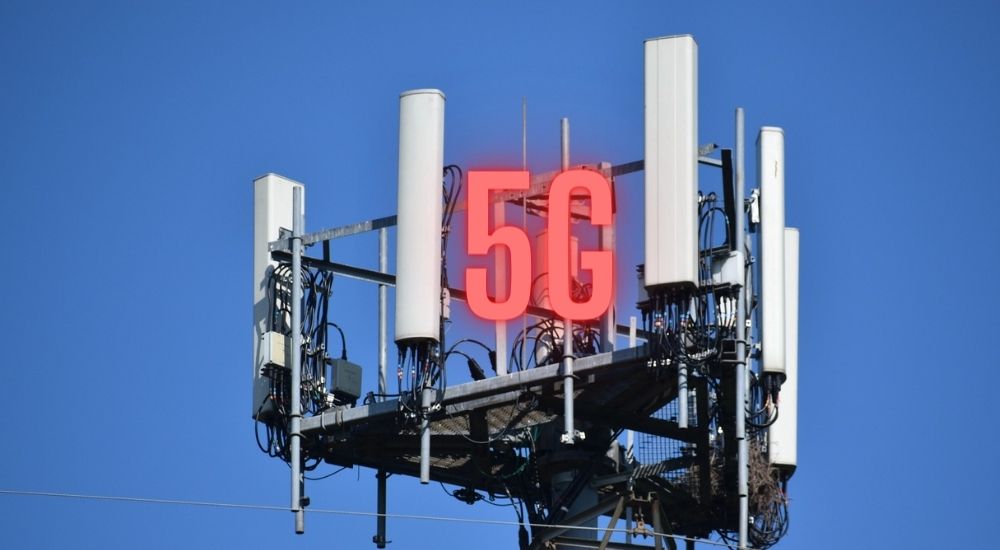
To avoid battery drain issue
Having a 5G option on a phone is not always desirable for the device’s performance. It’s especially crucial when the network is not available. That is if a phone has 5G enabled, then it continuously keeps looking for the network to connect. So, this results in faster battery drain from the phone. To avert this, phone makers bring their 5G phones with a software lock that tells the phone not to look for a high-speed network and limits its capacity to 4G.
Once the network is in trial or commercially available, then the companies unlock the network.
Architecture or modality to use
The telcos also have to determine whether it needs to go with the non-standalone architecture or the costlier Standalone setup. Likewise, it has to configure other network settings that needs to be synchronous with the carrier network. So before, the telco decides, implements architecture, modality of the network, smartphone OEMs tend to disable the network while shipping devices.
Find out: 5G SA vs NSA: How Each Deployment Differs, Pros and Cons
Ensuring band compatibility and CA combination
Band compatibility is another reason. Different telcos use different band frequencies to construct a mobile network. If a particular band is not in use in Nepal, the network working on it won’t connect to the network. In Nepal’s case, Ntc uses the n41 band or 2600 MHz for the trial. If a device doesn’t come with support for the frequency, 5G connectivity won’t be possible. Likewise, vendors must also complement carrier providers’ Carrier Aggregation (CA) combination in case of multiple bands availability. And for this smartphone, manufacturers must back it up with hardware and software inside the handsets. CA is a functionality of the latest mobile network technology (4G/5G) which further enhances the broadband capacity of a network.
So, to ensure the maximum availability of the network’s reach for its subscribers, telcos have to ensure that the band it uses is also supported by a phone. It requires coordination between the telco, regulator, and phone makers. This is why, phones even with 5G are vendor-locked when it’s not commercially available in a particular market.
New technology lock is a regular practice in telecommunication
If you are aware, a similar case applied with 4G and VoLTE. In Nepal, the fourth-generation cellular technology arrived in 2017 and HD voice feature VoLTE in 2022. Supported devices were already entering Nepal but the services were not functional at first due to the vendor lock. Only after the telcos launched the service with known architecture, band, CA, coverage, and features compatibility, vendors started rolling out software patches to enable the service on devices. In fact, the practice is inherently natural and logical in the industry. So, the trend will continue for upcoming wireless technologies such as 6G, or Voice over New Radio (VoNR) as well.
Check out: How to Check 4G and 5G Band Support on Your Smartphone?
Why do smartphone vendors lock 5G ?
The reasons mentioned in the post above factors which explain why the 5G option is not visible on even those devices that support the connectivity hardware wise. If you have a device whose specs state the compatibility for 5G but are not shown on your device’s option, stay assured that the smartphone vendor has locked it. But don’t worry. Once the your carrier provider have decided on the architecture, technology, features and everything related, smartphone vendor will come up with a software patch, upon testing to enable the technology on the device. Afterwards, you can connect your device to the fabled network and enjoy the elusive broadband speed on your device.
Have you ever witnessed that your device won’t connect to the 5G network despite having support for it? Do share with us in the comments below. We could also offer some suggestions regarding its use.


